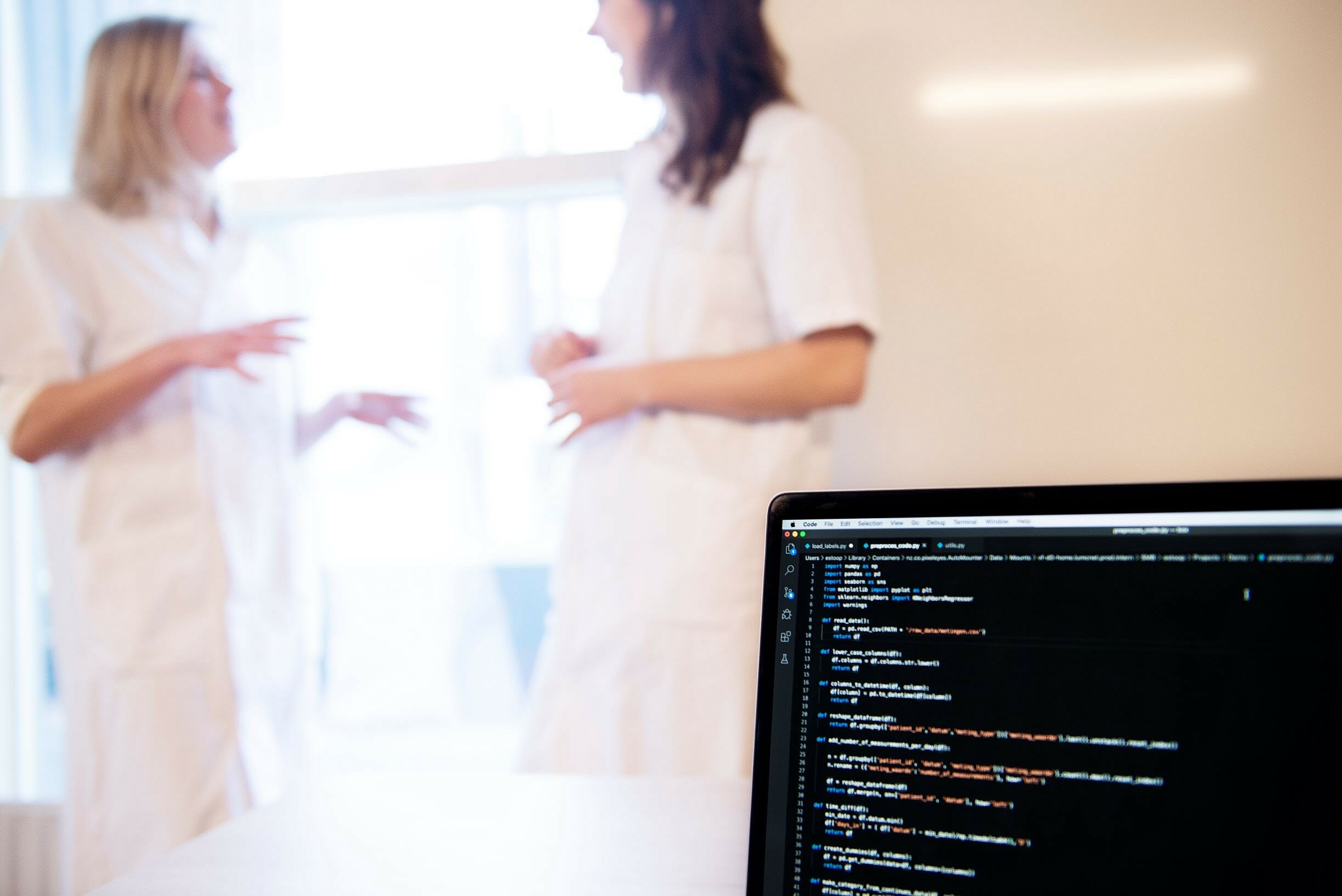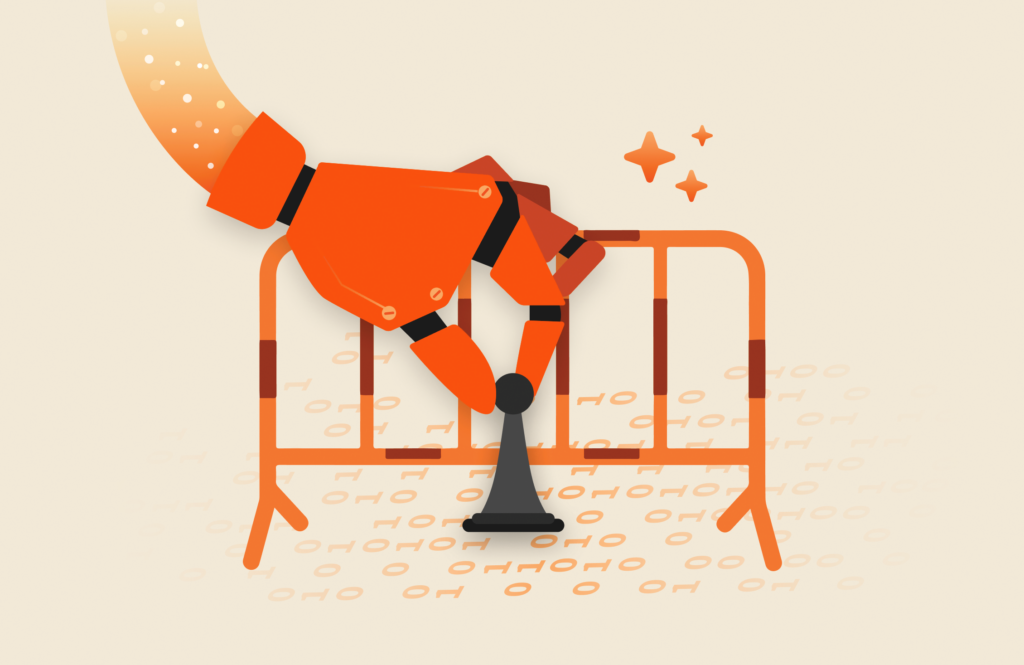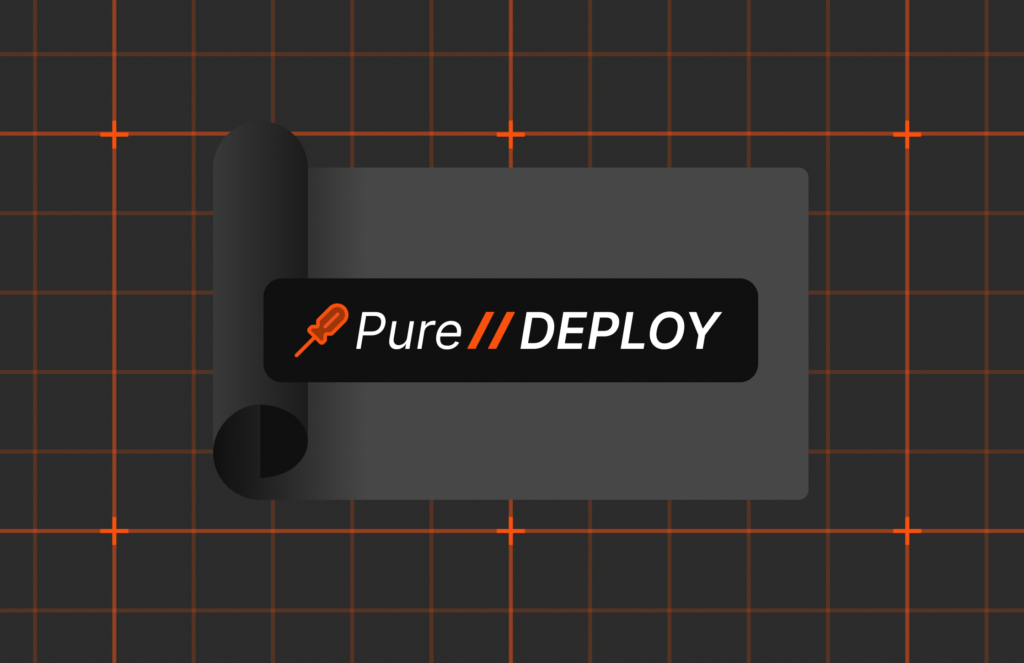LUMC
In its strategic policy plan, “Grensverleggend beter worden” (“Getting better by breaking new ground”), the Board of Directors of the LUMC set out its vision for the development of the Leiden University Medical Center (LUMC) for the coming years. In this plan, which is a decision-making framework for the next few years, innovation plays an essential role. In order to make full use of the available healthcare capacity, digitization of care is one of the key initiatives at the LUMC. Technological innovations in healthcare contribute to the quality and affordability of care. This is happening in many different areas, but always with patient care in mind. At LUMC, the focus is on innovation in the broadest sense of the word, from new monitoring and communication solutions for patients at home, to using artificial intelligence (AI) to assist in making a diagnosis and to predict the course of illnesses. Other important focus areas are improving collaboration between the various healthcare partners and the efficient and secure exchange of data.
“Evergreen makes our life easier. We get access to the latest storage innovations without having to go through a costly and risky migration.” –Remon Hollebeek, Head of Infrastructure Services, LUMC
Tailored Care
IT plays a central role in many of these areas of innovation, says Remon Hollebeek, head of the Infrastructure Services team at LUMC. “One of the projects for which we have high expectations is the ‘Box.’ This is a compact and comprehensive device containing key home diagnostic tools, such as a heart rate monitor, a thermometer, and an oxygen meter. The Box and the accompanying Care App make it easy to monitor the health status of patients at home. Data is sent automatically to the hospital and collated. This allows for a higher measurement frequency and means that patients at home can be continuously monitored by healthcare professionals. This also means fewer hospital visits for patients for checkups and, if necessary, allows healthcare providers to take action sooner, for example, to adjust medication or to invite the patient to come in for an examination or scan.” Another initiative that is attracting a lot of attention—especially in relation to developments around COVID-19—is the transition from face-to-face to web-based consultations. In 2020, the LUMC had to scale up the number of web-based consultations from a hundred to thousands of sessions per day.
A consequence of all these digital innovations is a massive increase in the amount of generated data. To maintain a clear overview of all this data, efforts are being made at LUMC to develop effective dashboards that consolidate relevant information from various sources and display results in near real-time, enabling care providers to respond quickly to changing situations.
Artificial Intelligence
One of the most striking examples of technology combined with digital innovation is artificial intelligence (AI). Data is produced by the many monitoring systems, scanning and imaging equipment, patient consultations, and more. All these different pieces of data quickly lead to an abundance of information, making it difficult to detect relationships or patterns. Hollebeek explains: “Add to this the fact that potentially relevant data may already have been collected for many patients, over dozens of years. Artificial intelligence allows us to link all these different types of data and obtain new insights into the progression of an illness, for instance. It will become even more interesting when doctors and researchers are able to use data and AI models to make predictions, such as the effectiveness of a medicine or treatment.”
To find the best way to use AI, LUMC has set up CAIRELab, a knowledge and expertise center for AI in healthcare, which brings together all relevant AI expertise. “The use of AI involves many more aspects than technology alone. There are still many issues and challenges relating to matters such as ethics, legal aspects, etc. At CAIRELab, we look for solutions to these challenges and exchange a great deal of knowledge so the various care disciplines can take advantage of the expertise of others,” Hollebeek continues. “To allow the right algorithms to do their work efficiently, they need direct access to large data sets, which imposes certain demands on the storage environment. Pure Storage meets these demands and delivers the required performance.”
An End to the Three-Year Storage Replacement Cycle
Of course, all these initiatives increase the workload for the IT department. Data must be always available, verifiably correct, and easily accessible to meet the needs of the healthcare and research teams. In addition, it is important that the most recent data is always available for analysis so that correct decisions can be made.
In order to accommodate this continued growth and the increasing demand for data, LUMC needed to check whether its existing storage environment was still able to meet its growing needs every three years. “In practice, this meant that we had to do a complete replacement of our storage system every three years. Our goal was to always implement the very latest state-of-the-art solutions—solutions based on proven technology with a very high level of availability. By 2019, it was time for another replacement cycle. After performing an extensive evaluation, we chose Pure Storage FlashArray,” Hollebeek says. “Pure offered us a number of advantages. From a technical perspective, it is an excellent solution that is still very easy to manage. This is very important to us, as it is difficult to find qualified IT specialists in the current job market. Also, you want people to focus as much as possible on innovation rather than on managing the technical infrastructure.”
Another advantage is Pure’s Evergreen Storage™subscription model. This ensures that the system receives the latest hardware every three years, without the need to migrate data or inconvenience users. “Evergreen makes our life easier. We get access to the latest storage innovations without having to go through a costly and risky migration. The first Evergreen hardware refresh is scheduled for 2022, so we are keen to see what happens then,” Hollebeek continues.
Added Value
Remote support by Pure and real-time insights also offer added value to LUMC. “Pure remotely monitors the status of our storage system and immediately notifies us when they see anything unusual. This means that we don’t need to continuously monitor everything ourselves, but we have the assurance that everything keeps running.” In addition, the Pure Storage® system is considerably faster than the previous storage environment. “We need to regularly clone and restore the databases of our Electronic Patient Database (EPD). Previously, this would take days, but is now completed in minutes,” Hollebeek explains. “As a result, analyses always use the most recent data and we are able to respond to changes more quickly.”
LUMC has signed a six-year contract with Pure and Hollebeek sees no reason to switch to another platform after that period. “The Pure system offers us what we need, performance is good, and Evergreen has ended our three-year replacement cycle. In this way, it helps us achieve the innovation objectives of LUMC,” he concludes.
![]()





